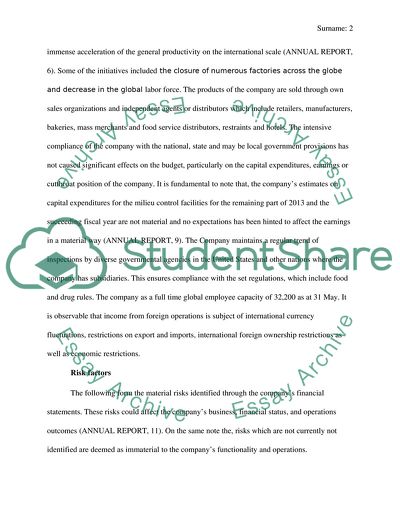Cite this document
(“Corporate Valuation and Strategy ASSIGNMENT 3 VALUATION OF H. J. HEINZ”, n.d.)
Retrieved de https://studentshare.org/finance-accounting/1620051-corporate-valuation-and-strategy-assignment-3-valuation-of-h-j-heinz-company-as-of-april-29-2012
Retrieved de https://studentshare.org/finance-accounting/1620051-corporate-valuation-and-strategy-assignment-3-valuation-of-h-j-heinz-company-as-of-april-29-2012
(Corporate Valuation and Strategy ASSIGNMENT 3 VALUATION OF H. J. HEINZ)
https://studentshare.org/finance-accounting/1620051-corporate-valuation-and-strategy-assignment-3-valuation-of-h-j-heinz-company-as-of-april-29-2012.
https://studentshare.org/finance-accounting/1620051-corporate-valuation-and-strategy-assignment-3-valuation-of-h-j-heinz-company-as-of-april-29-2012.
“Corporate Valuation and Strategy ASSIGNMENT 3 VALUATION OF H. J. HEINZ”, n.d. https://studentshare.org/finance-accounting/1620051-corporate-valuation-and-strategy-assignment-3-valuation-of-h-j-heinz-company-as-of-april-29-2012.


